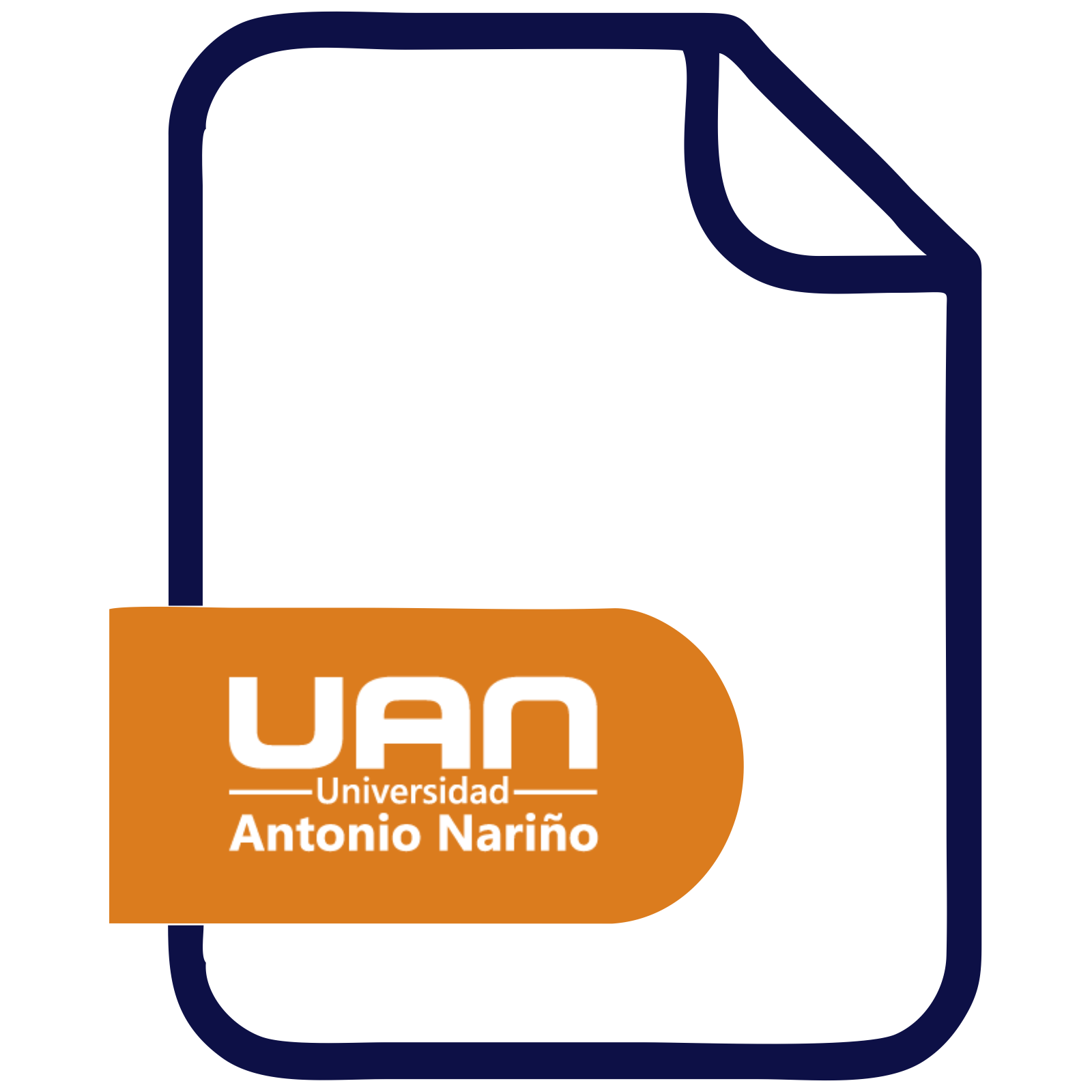Por favor, use este identificador para citar o enlazar este ítem:
http://repositorio.uan.edu.co/handle/123456789/1520> Repositorio UAN
Repositorio UANComunidades y ColeccionesTitulosMateriasAutoresFecha de publicacion
Mi CuentaAccederRegistro
Mi CuentaAccederRegistro
| Título : | Diseño de una herramienta basada en estrategias de gamificación para el aprendizaje de niños con Trastorno de Déficit de Atención (TDA) entre 6 y 10 años |
| metadata.dc.creator: | Salgado Estrada, Sebastián |
| metadata.dc.contributor.advisor: | Barriga Monrroy, Jorge Alexander |
| Palabras clave : | Gamificación, herramientas de aprendizaje, tratamiento del déficit de atención, niños, TDA, déficit de atención. |
| Resumen : | In the country there is a high number of children with attention deficit trauma (ADD), this due to the low inclusion and the lack of tools to treat the child. This industrial design project seeks to increase the attention and motivation of children between 6 and 10 years old by carrying out learning activities under educational competences (mathematics, language and science) in real contexts and moments where the child can experiment and detail each element. , behavior and action given in space in a much more effective way and using gamification generates a much more innovative and attractive experience that could increase the child's learning by 80%. The design of a tool that manages to link educational and gamification concepts, with characteristics of use, form and function, was intended to create activities that involve the child in a new form of learning that changes the traditional dynamics that currently exist, for one that Take advantage of the special qualities of TDA along with the characteristics of the context. For the development of this tool, an ergonomic variability study was carried out that considered the aspects (human, objective and spatial) that involve the activity of learning and thus prioritize and study them to obtain an analysis of requirements and precise and detailed determinates. Its shape started from the deconstruction of basic polygons, passing through iterative transformations of sketching, modeling and 3D rendering that denote the materials and their colors. From here the scope is a conceptual beta prototype, due to the conditions of time and health (COVID-19). Finally, a design tool was obtained with a family of objects and a gamification strategy that manages to link all the main aspects mentioned above. |
| metadata.dc.description.tableofcontents: | En el país existe un alto número de niños con trauma de déficit de atención (TDA), esto debido a la poca inclusión y la falta de herramientas para tratar al niño. Este proyecto de diseño industrial busca aumentar la atención y la motivación de los niños entre 6 y 10 años al realizar actividades de aprendizaje bajo las competencias educativas (matemáticas, lenguaje y ciencias) en contextos y momentos reales donde el niño puede experimentar y detallar cada elemento, comportamiento y acción dados en el espacio de una manera mucho más efectiva y utilizando la gamificación se genera una experiencia mucho más innovadora y atractiva que podría llegar a incrementar un 80% el aprendizaje del niño. El diseño de una herramienta que logre vincular conceptos educativos y de gamificación, con características de uso, forma y función se pretendió crear actividades que logren envolver al niño en una nueva forma de aprendizaje que cambie las dinámicas tradicionales que se tienen actualmente, por una que aproveche las cualidades especiales del TDA junto con las características del contexto. Para el desarrollo de esta herramienta se realizó un estudio de variabilidad ergonómico que consideró los aspectos (humanos, objetuales y espaciales) que envuelven a la actividad de aprender y así priorizarlos y estudiarlos para obtener un análisis de requerimientos y determinates precisos y detallados. Su forma partió de la deconstrucción de poligonos básicos pasando por transformaciones iterativas de bocetación, modelado y el renderizado 3D que denotan los materiales y sus colores. A partir de aquí el alcance es un prototipo tipo beta conceptual, debido a las condiciones de tiempo y sanidad (COVID-19). Finalmente se obtuvo una herramienta de diseño con una familia de objetos y una estrategia de gamificación que logra vincular todos los aspectos principales anteriormente mencionados. |
| URI : | http://repositorio.uan.edu.co/handle/123456789/1520 |
| Editorial : | Universidad Antonio Nariño |
| metadata.dc.publisher.campus: | Bogotá - Circunvalar |
| metadata.dc.publisher.faculty: | Facultad de Artes |
| metadata.dc.date.created: | 2020-06-08 |
| metadata.dc.rights.uri: | http://creativecommons.org/licenses/by-nc-nd/3.0/us/ |
| Aparece en las colecciones: | Diseño industrial |
Ficheros en este ítem:
| Fichero | Tamaño | |
|---|---|---|
| 2020SebastiánSalgadoEstrada.pdf | 35.57 MB | Visualizar/Abrir |
| 2020AutorizaciondeAutores.pdf Restricted Access | 359.75 kB | Visualizar/Abrir Request a copy |
Este ítem está sujeto a una licencia Creative Commons Licencia Creative Commons




